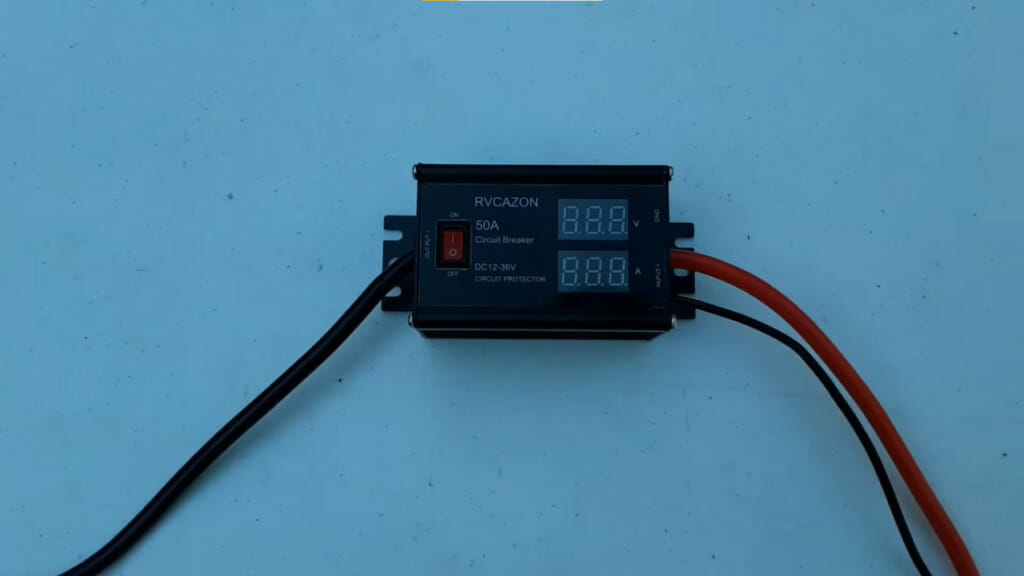What Size Circuit Breaker for a 12V Trolling Motor?
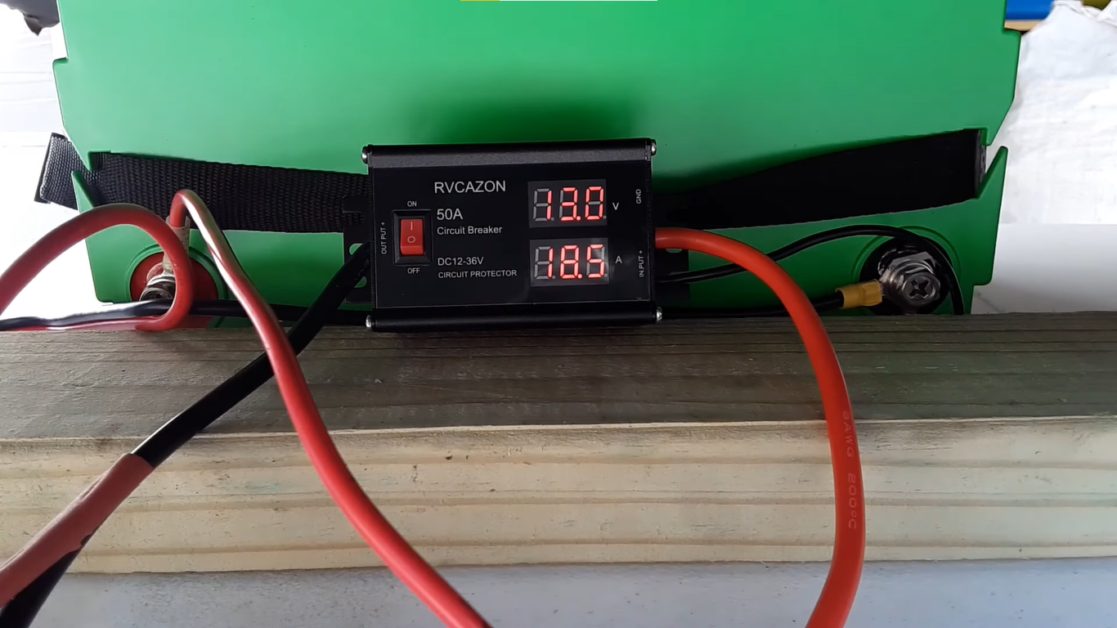
Circuit breakers play a major role in keeping boat owners safe. Regularly maintaining and replacing them prevents damage to the boat’s trolling motor.
In general, a 12-volt trolling motor requires a 50 or 60-amp circuit breaker at 12 VDC. The circuit breaker’s size generally depends on the trolling motor’s maximum current. The selected circuit breaker must have an amp rating equal to or slightly greater than the motor’s maximum drawn current. You’ll also need to consider the size and voltage capacity of the trolling motor.
We’ll go into more detail about the various factors to consider when selecting a circuit breaker size.
Choosing a Circuit Breaker Size
The size of your circuit breaker depends on the trolling motor’s capacity.
At the core of it, the circuit breaker should be able to handle the maximum current drawn by the trolling motor. If the maximum amperage rating of the trolling motor is 50 amps, then you’ll need a 50 amp circuit breaker. A smaller circuit breaker will often trip without needing to. At the same time, too large circuit breakers might not trip when needed and damage the motor.
You’ll also need to consider other factors when selecting a trolling motor circuit breaker size, such as:
- Trolling Motor Thrust
- Voltage or VDC Capacity
- Wire Extension Length and Wire Gauge
The thrust is the propulsion power of the trolling motor.
Circuit breakers manage the thrust by controlling the current flowing through it. The wrong circuit breaker size decreases the maximum thrust, causing the motor to underperform.
Voltage or VDC capacity is the current from the motor’s batteries.
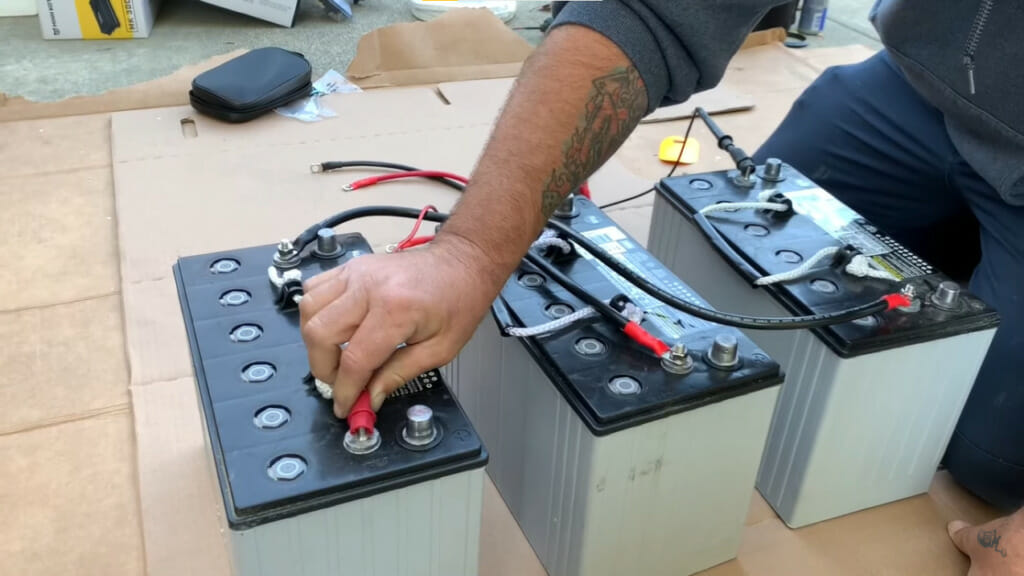
The battery circuit breaker must be able to handle the amount of electricity following through it. For trolling motors, the smallest VDC available is 12 volts. Multiple smaller batteries are often used if a higher voltage is needed. You can find the VDC capacity by checking the battery electric outboard motor information.
The wire extension length and wire gauge refer to the dimensions of the connected wire.
Wire extension length is the distance from the batteries to the trolling motor’s leads. Its length ranges from 5 feet to 25 feet long. Meanwhile, the wire gauge (AWG) is the diameter of the wire to be used. The gauge determines the maximum drawn current flow into and through the wire.
The circuit breaker must be matched with the proper amp draw wire size to ensure that the trolling motor is perfectly functional.
Circuit Breaker Sizes
Circuit breakers are typed according to the maximum current drawn by the trolling motor.
There are two types of circuit breaker trolling motor sizes: the 50 amp and 60 amp circuit breakers.
50 Amp Circuit Breakers
50 Amp circuit breakers are subclassified according to their VDC capacity.
- 50 Amp Circuit Breaker – 12 VDC
12 VDC models are often used for 30 lbs., 40 lbs., and 45 lbs. motors. They are capable of handling a maximum draw of 30 to 42 amps.
- 50 Amp Circuit Breaker – 24 VDC
The 24 VDCs are used for 70 lbs. trolling motors. These models have a maximum current drawn of 42 amps.
- 50 Amp Circuit Breaker – 36 VDC
The 36 VDC are used for 101 lbs. trolling motors. It has a maximum drawn current of 46 amps.
- 50 Amp Circuit Breaker – 48 VDC
Finally, the 48 VDC are E-drive motors. It has a maximum drawn current of 40 amps. For the unaware, E-drive motors are powered solely by electricity to provide silent yet powerful thrusts.
60 Amp Circuit Breakers
Likewise, the 60 Amp circuit breaker is subclassified according to its VDC capacity.
- 60 Amp Circuit Breaker – 12 VDC
The 12 VDC model is used for 50 lbs. and 55 lbs. trolling motors. It has a maximum drawn current of 50 amps.
- 60 Amp Circuit Breaker – 24 VDC
The 24 VDC is employed for 80 lbs. trolling motors. It has a maximum drawn current of 56 amps.
- 60 Amp Circuit Breaker – 36 VDC
The 36 VDC is used for 112 lbs. trolling motors and Engine Mount 101 types. The maximum drawn current for this model ranges from 50 amps to 52 amps.
- 60 Amp Circuit Breaker – Double 24 VDC
Last but not least is the double 24 VDC circuit breaker.
This model is unique due to its dual circuit breaker design. It is typically used for larger motors like the Engine Mount 160 motors. The combined circuit breakers have a maximum drawn current of 120 amps.
Fitting the Right Circuit Breaker Size to Your Trolling Motor
In most cases, there isn’t a circuit breaker size that perfectly fits the maximum current drawn by your trolling motor.
The amp rating of the circuit breaker must be the same or slightly above the maximum current drawn by the motor. The general recommendation is at least a 10% difference between the two amp values. For example, if the motor draws a maximum of 42 amps, you’ll need a 50 amp circuit breaker size.
There are two important things to remember when selecting a circuit breaker size.
Never get a circuit breaker size lower than the motor’s maximum current drawn. This will cause the circuit breaker to constantly, and often mistakenly, trip.
Conversely, don’t get a size larger than needed. There’s no need to get a 60 amps circuit if 50 amps work just fine. Doing so might cause trips to malfunction and not trip when overloaded.
Does a Trolling Motor Need a Circuit Breaker?
The U.S. Coast Guard requires all trolling motor users to install a circuit breaker or fuse in the electric system.
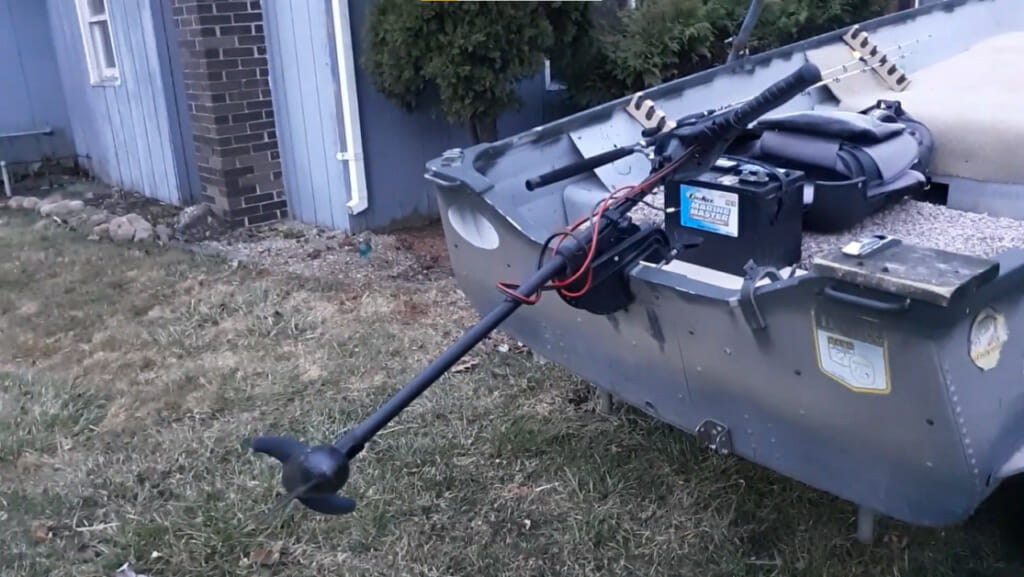
Trolling motors are easily overloaded when overheated or jammed by fishing lines and other debris. A circuit breaker or fuse protects the motor circuit by cutting off the current before significant damage occurs.
Circuit breakers are important safety features for your trolling motor.
A circuit breaker creates a path for electricity to flow from the battery to the motor. It controls the current to prevent surges and damage to the system. It has a built-in trip that activates when it detects an excess current. This prompts the circuit breaker to close the electric connection automatically.
Trolling motor circuit breakers are often preferred over fuses.
Fuses are thin metal pieces that melt when excessive current flows through them. Fuses melt incredibly fast and instantly stop the flow of electricity. Although cheaper options, fuses are one-time use and must be immediately replaced. Moreover, fuses are easily destroyed when exposed to high heat.
The manual reset circuit breaker allows it to be used again when tripped. Another advantage of circuit breakers is their compatibility with all trolling motor brands. A Minn Kota trolling motor doesn’t necessarily need a circuit breaker of the same brand. Any brand will work as intended, provided it’s the correct size.
When to Replace a Circuit Breaker
It would be best to regularly replace the circuit breaker trolling motor to maintain its safety features.
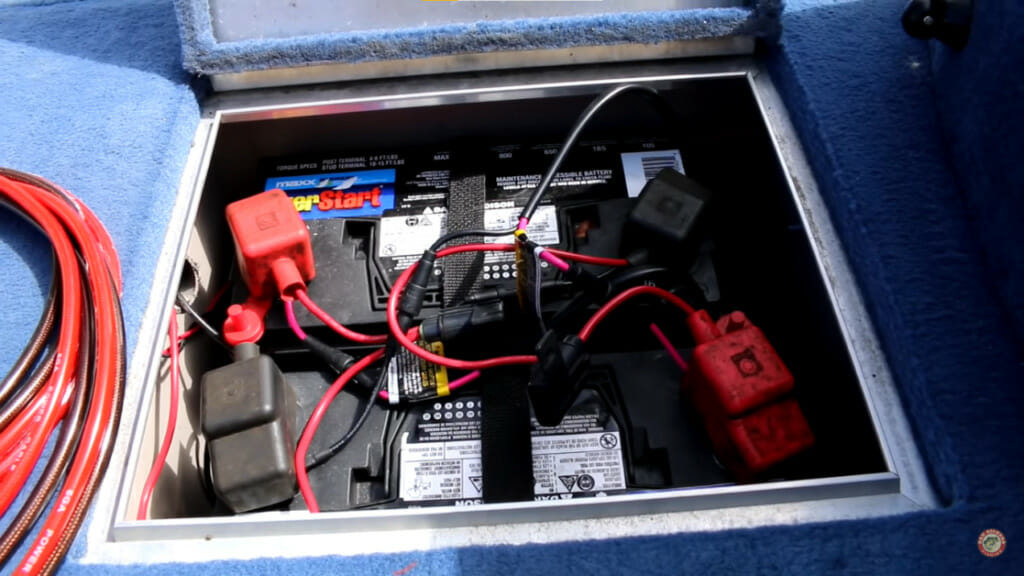
Look out for four common signs of a bad circuit breaker:
- Increasingly frequent tripping
- Reset for the trip is not working
- Overheating
- A burnt or burning smell coming from the trip
Keep in mind that prevention is the best approach to safety. Always check the condition of the circuit breakers when performing maintenance on the trolling motor. Check whether the switches for the trip reset work. Examine the device for any signs of damage or scorches.
Immediately replace the circuit breaker with a new one if any of these signs are present.
Take a look at some of our related articles below.
Video References
Aksmaniyak – DIY Kayak and Boat Modifications
Reel Life Fisherman
W&P Fishing
Dan Richard Fishing

